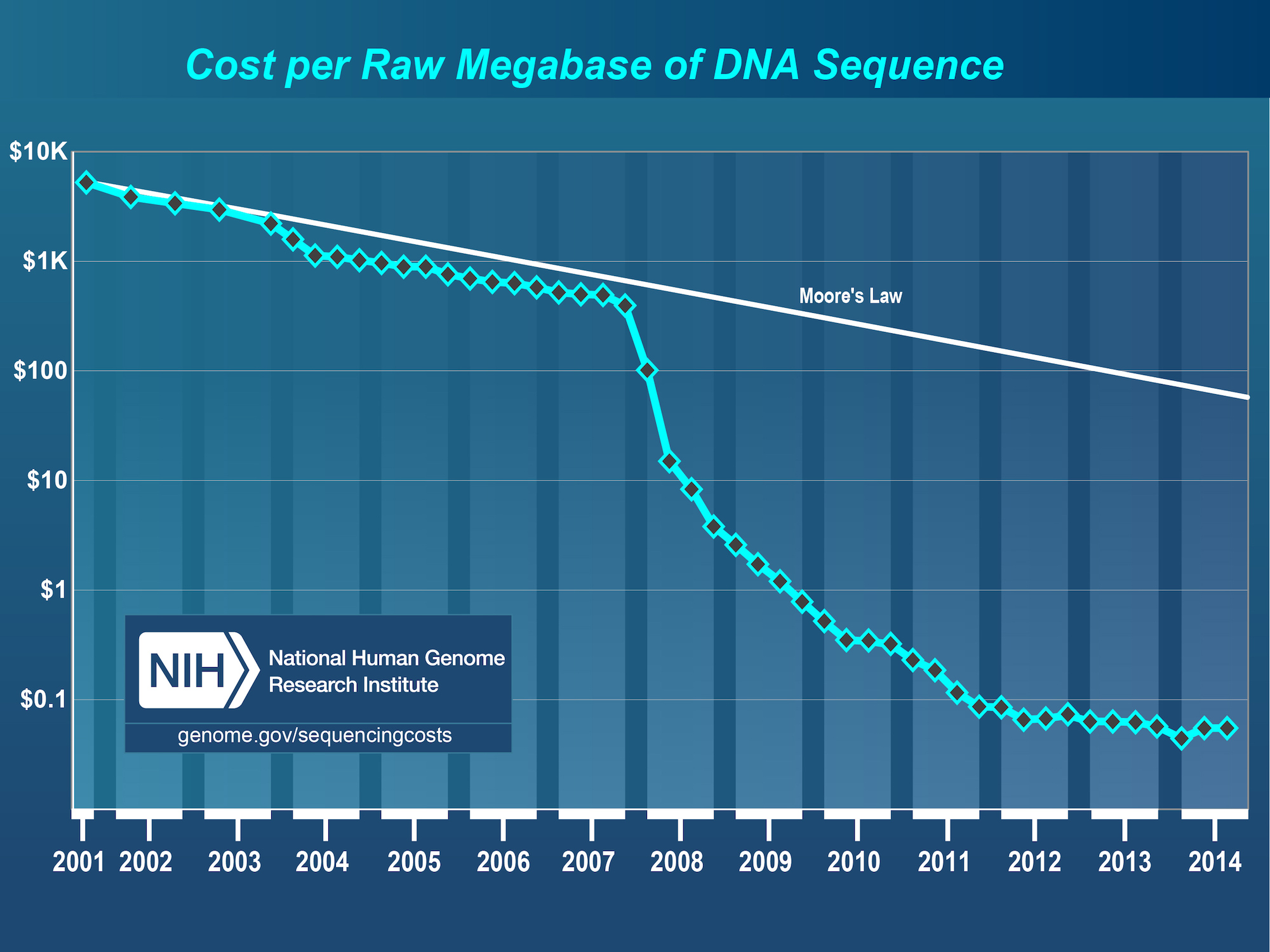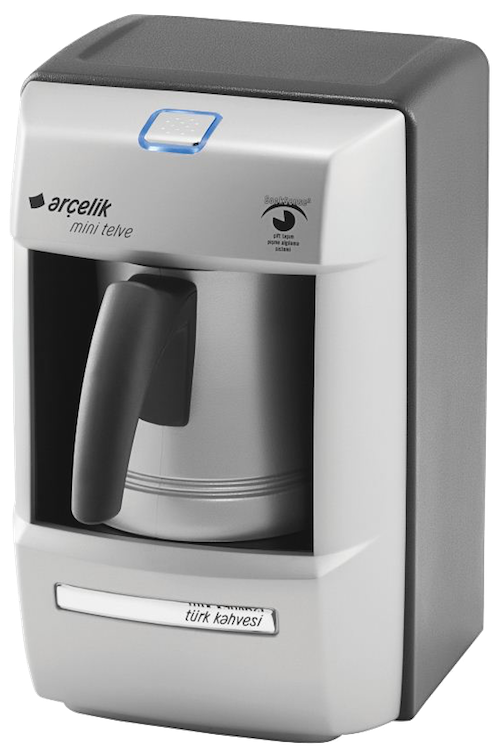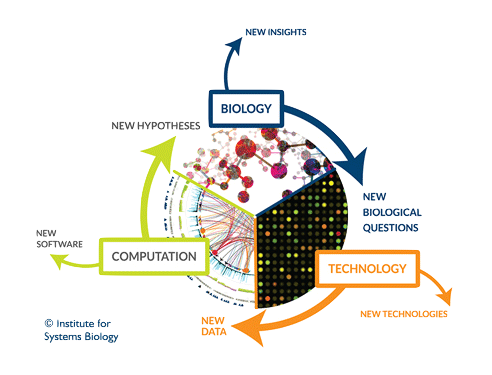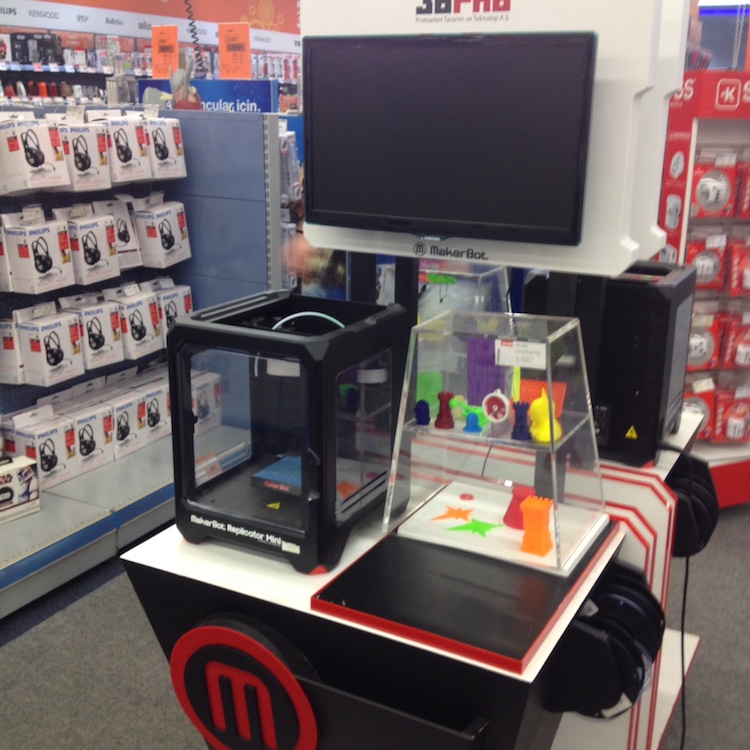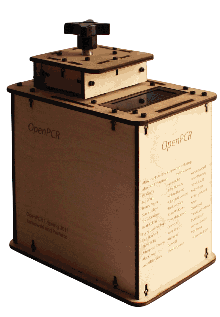More players come to the game
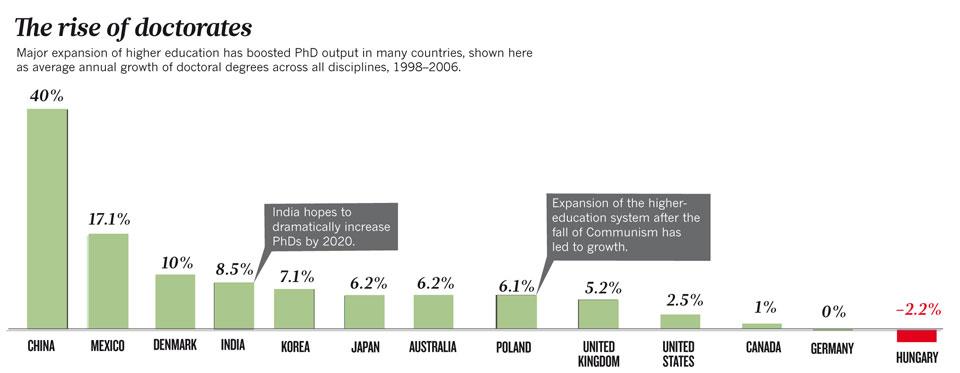
The rising of BRICS and MINT economies is also helping to increase the number of researchers worldwide. Today there are more PhD students than ever (Cyranoski et al. 2011). And many of them will focus on Molecular Biology, Genetics and related areas.
Everyday we see new interdisciplinary collaborations. With other areas of biology, as well as with mathematicians, chemists and computer scientists. It is usual that engineers learn about molecular biology, specially biotechnology engineers.
India graduates more than a million engineers each year. Egypt has 35.000 PhD students and Israel 10.000 (Hays 2011). Many of them will find jobs in Molecular Biology companies or academia
http://www.nature.com/news/2011/110420/pdf/472276a.pdf